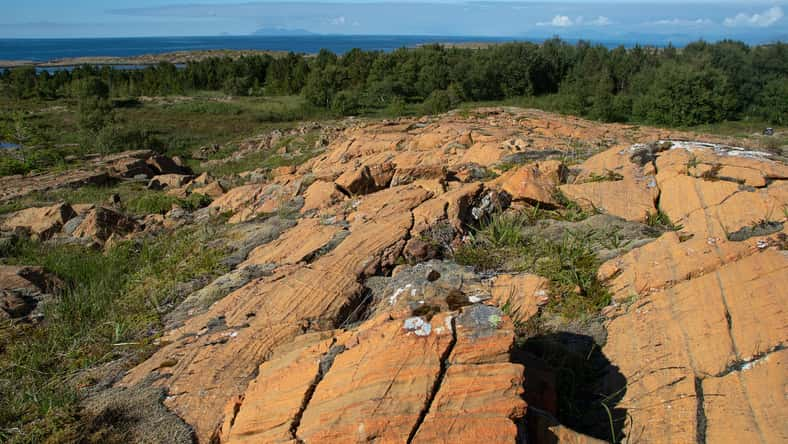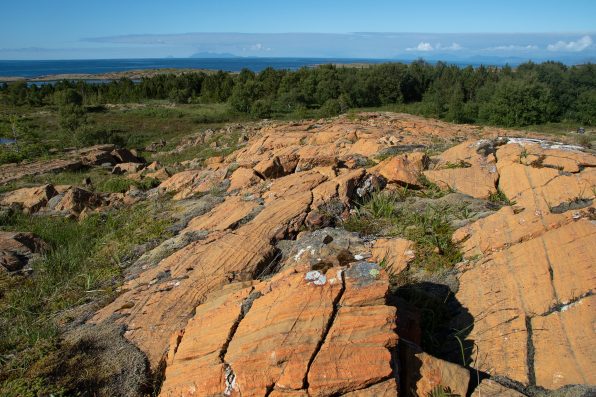Researchers Discovered A Pre-Viking Ship Burial Mound In Norway, Making It One Of The Oldest Ship Burials Ever Found In Scandinavia

New research has revealed that a large, grassy hill in Norway known as the Herlaugshagen burial mound was the site of a pre-Viking ship burial.
This exciting new discovery offers insight into past ship burial practices and has the potential to rewrite the history of the Nordic region.
The mound is located in Leka, a municipality on the coast of central Norway, which is known to be a centuries-old shipping route. It has a diameter of about 197 feet and a height of 23 feet. Most burial mounds in the area are a lot smaller, measuring 26 to 39 feet in diameter.
This summer, researchers conducted surveys at the coastal site to determine whether or not a ship was hidden within the mound.
They discovered several large rivets in the mound, indicating that a ship had been buried there before. They also found wooden remains that were likely from the ship itself.
According to the Norwegian University of Science and Technology (NTNU), the mound was built around 700 A.D., meaning that the ship predated the Viking Age, which lasted from 793 A.D. to 1066 A.D. This makes it one of the oldest ship burials ever found in Scandinavia.
Before the Viking Age, there was the Merovingian period, spanning from around 550 A.D. to 800 A.D. The burial mound appears to be from that era, which shows that the practice of ship burials began much sooner than experts believed.
The latest findings suggest that ship technology and maritime navigation in the region were also more advanced.
“This dating is really exciting because it pushes the whole tradition of ship burials quite far back in time,” said Geir Grønnesby, project manager for the dig and an archaeologist at the NTNU University Museum.

Turid Bjørnsen – stock.adobe.com – illustrative purposes only
“You don’t build a ship of this size without having a reason for doing so. It tells us that people from the area were skilled seafarers—they could build big ships—much earlier than we previously thought.”
Perhaps the new discovery can help fill in the gaps of knowledge surrounding the Viking Age and lead to more definitive answers about when exactly and why Viking raids started.
The onset of Viking raids has been thought to be connected to the development of sails on ships. It is not known if the vessel buried in the Herlaugshagen mound had sails.
However, historical records indicate that the mound had been excavated several times during the 18th century. The written accounts report that there was a hole that can be interpreted as the imprint of a mast that has since deteriorated.
More research is necessary to confirm the theory and paint a clearer picture of what the ship may have looked like.
Sign up for Chip Chick’s newsletter and get stories like this delivered to your inbox.
More About:News





